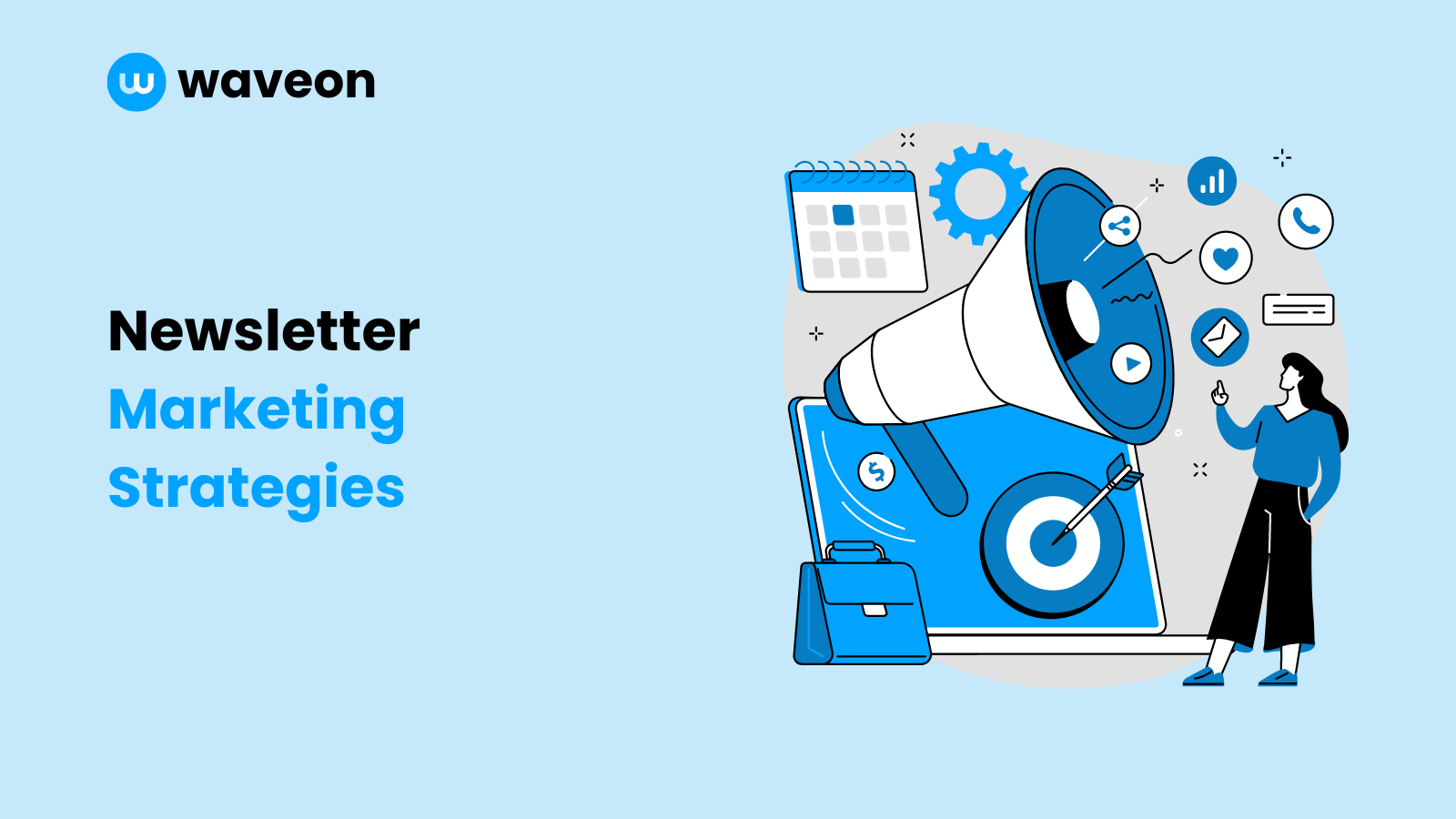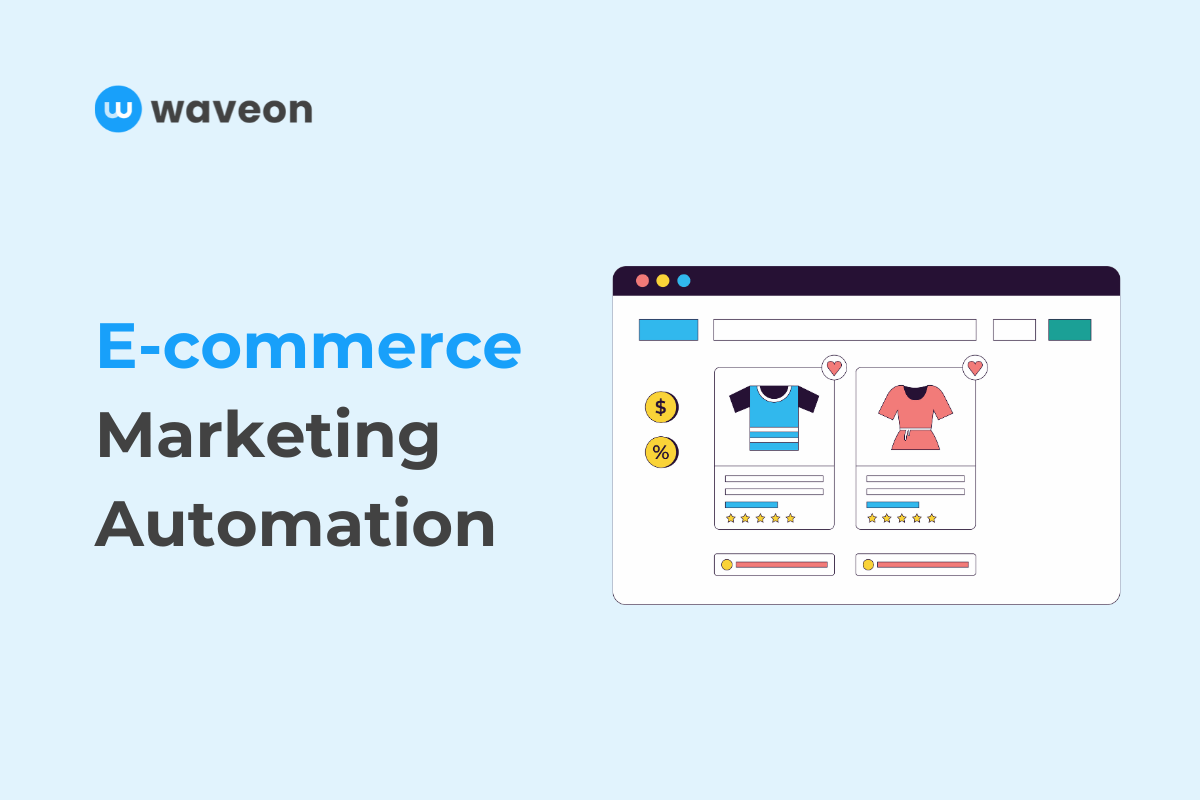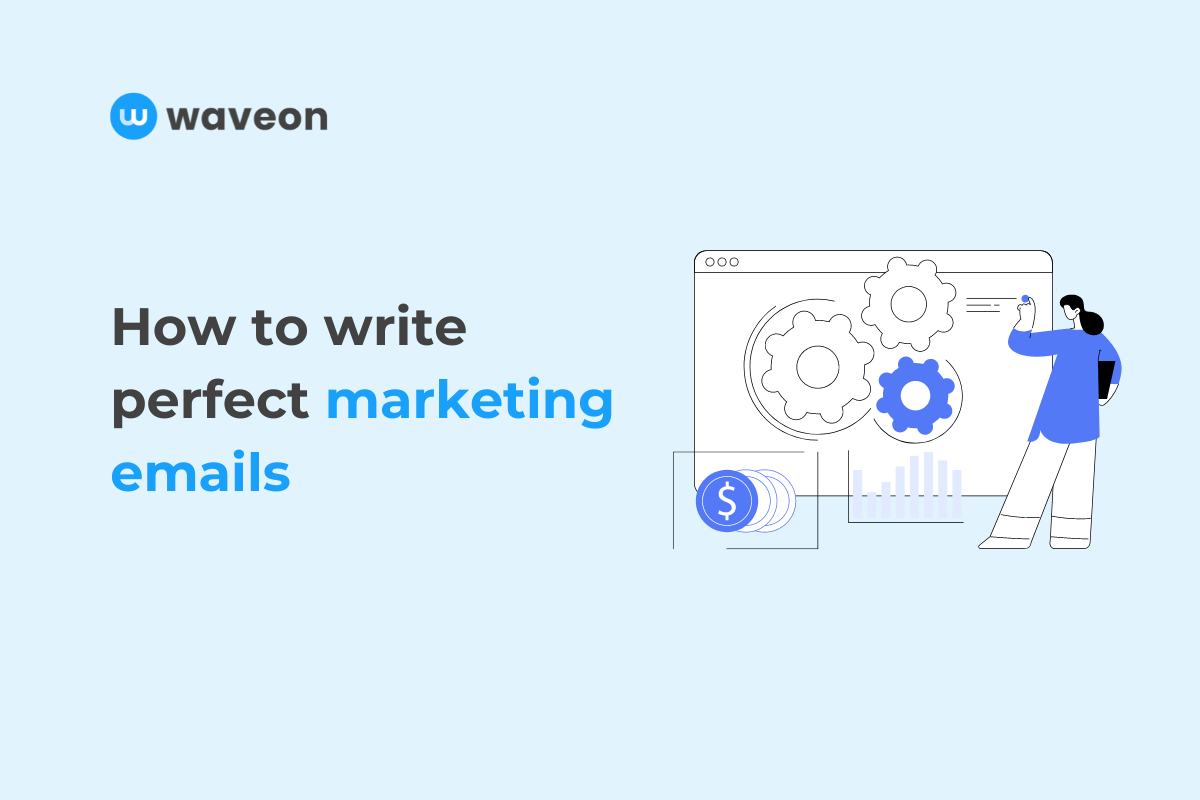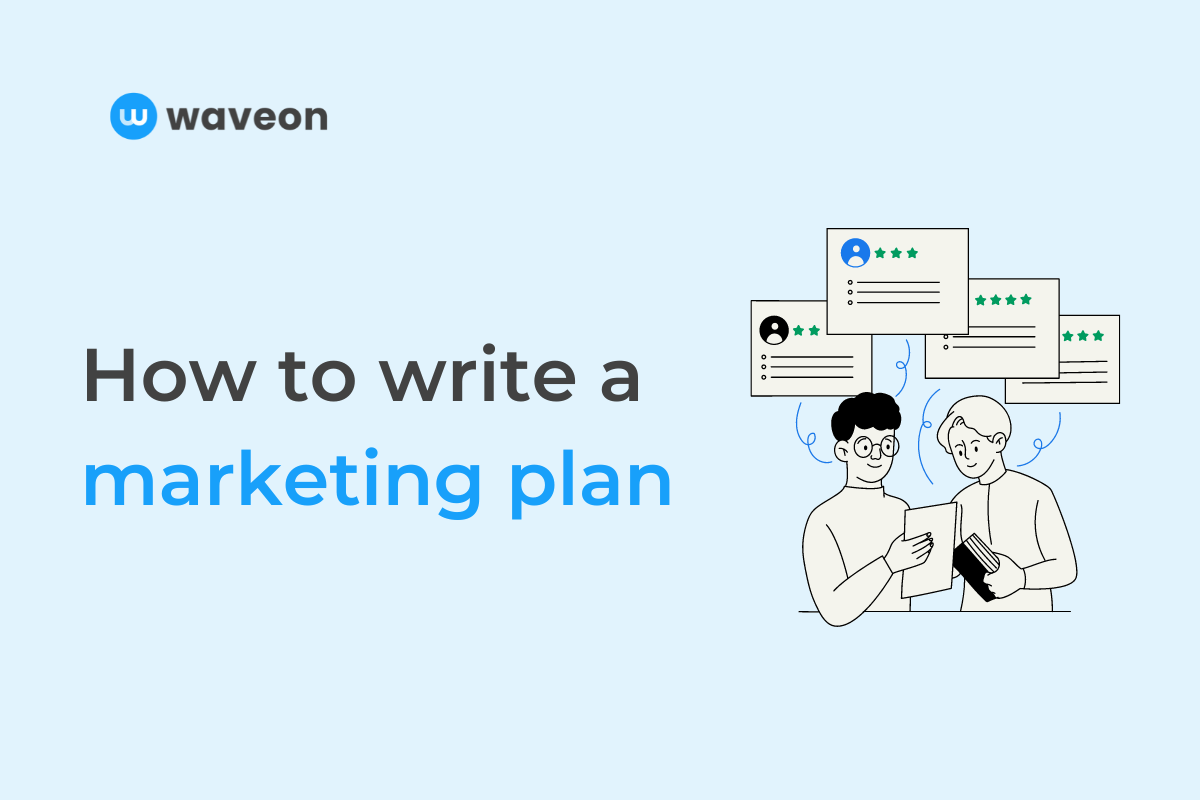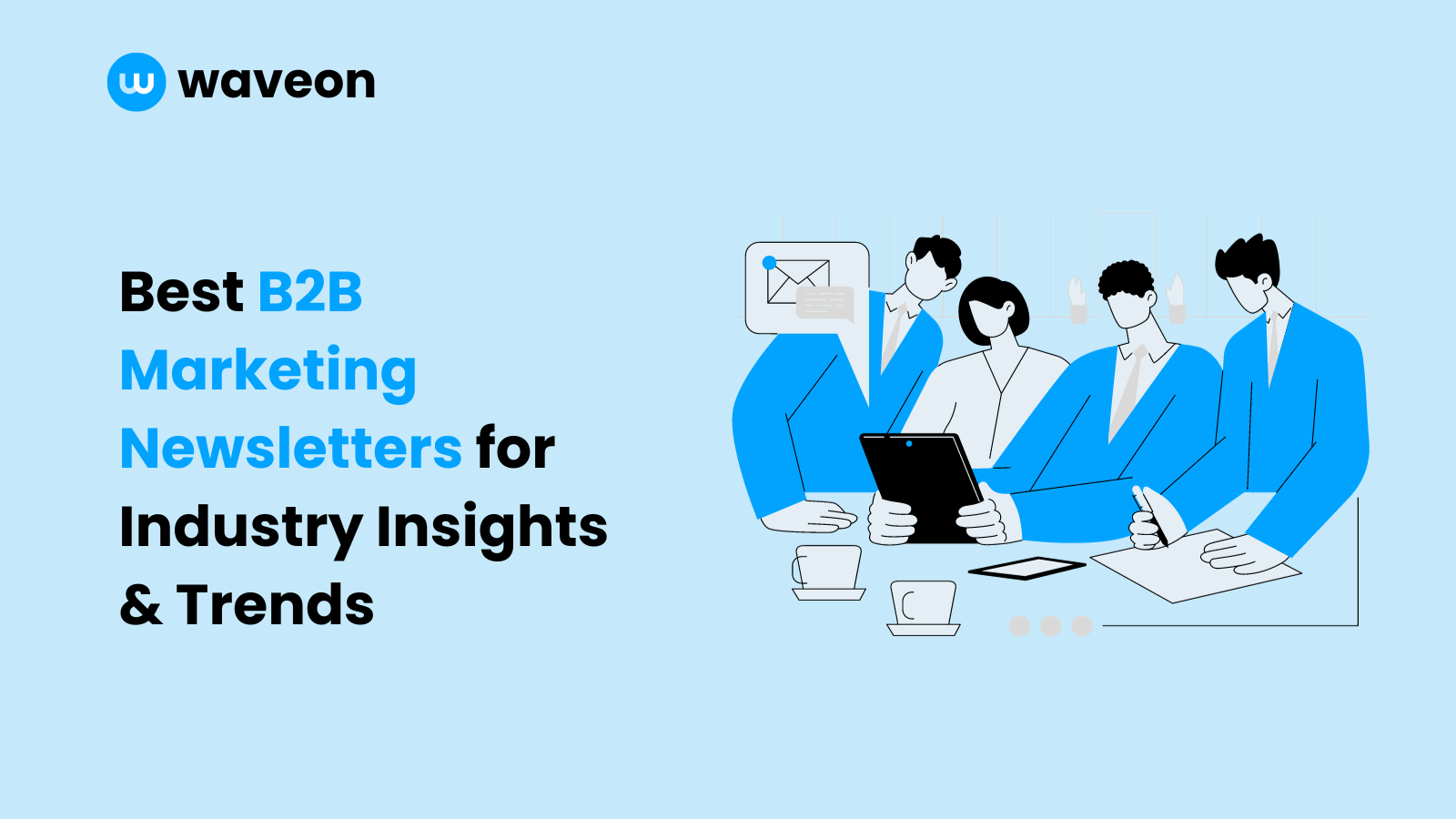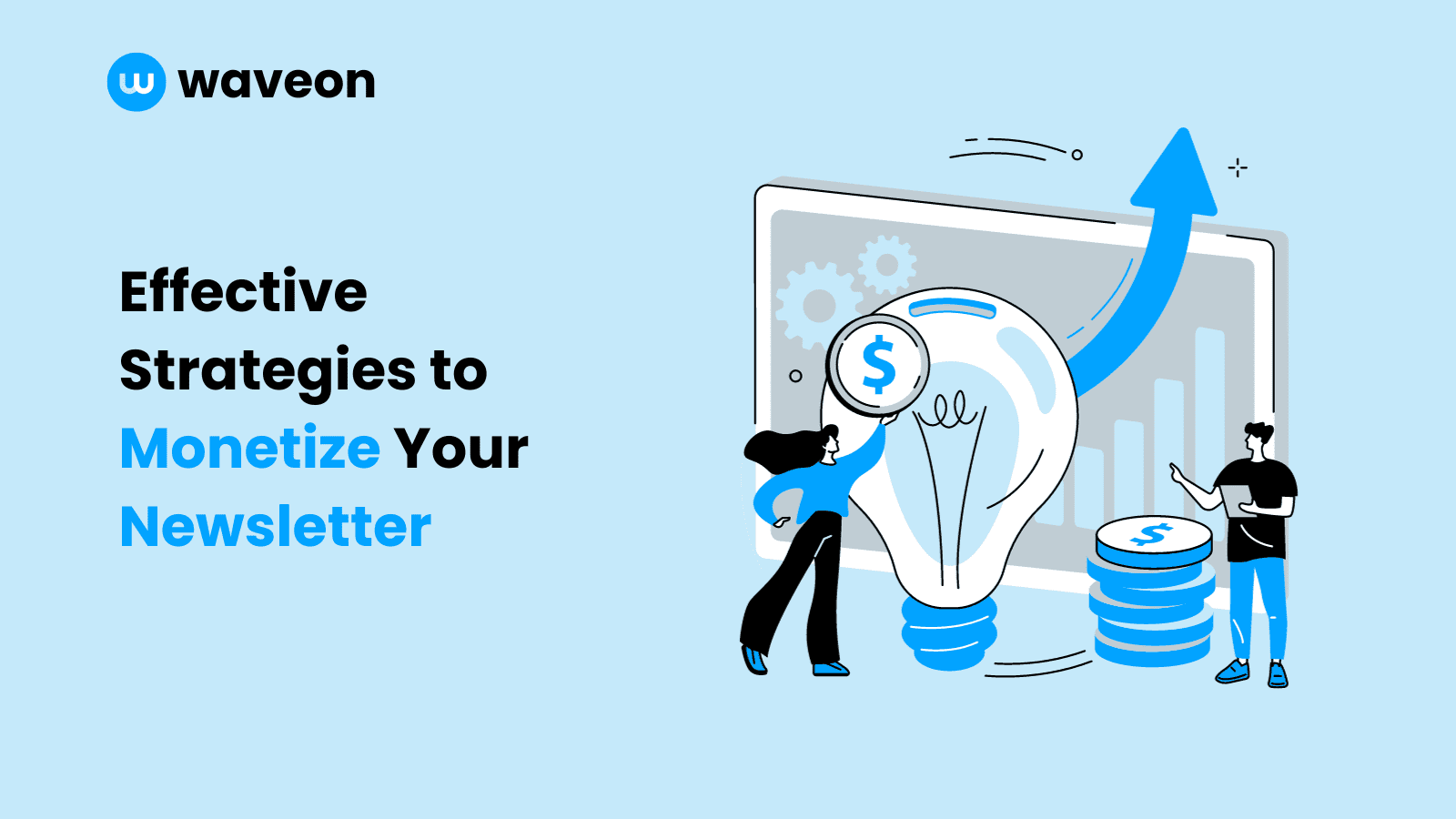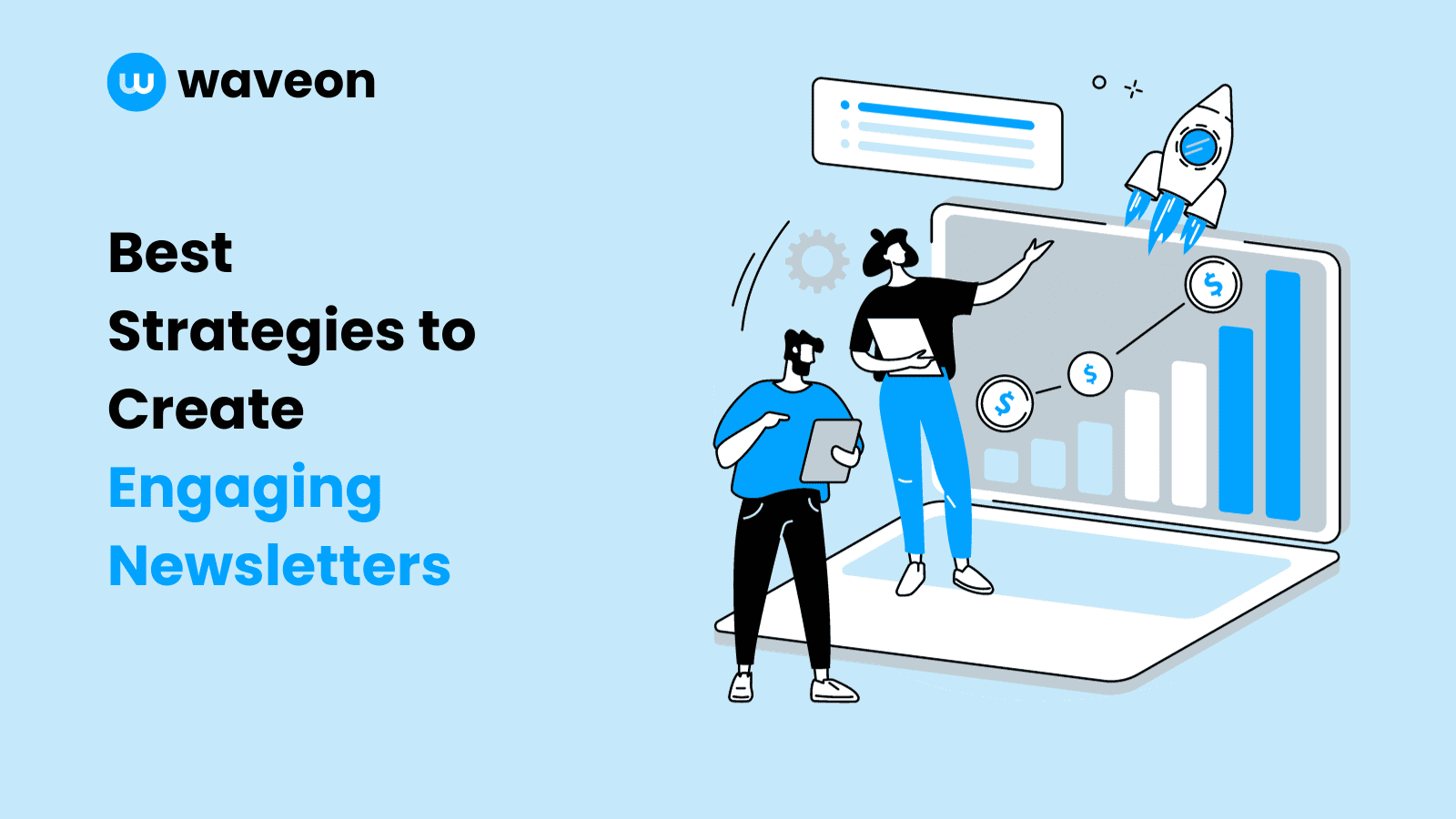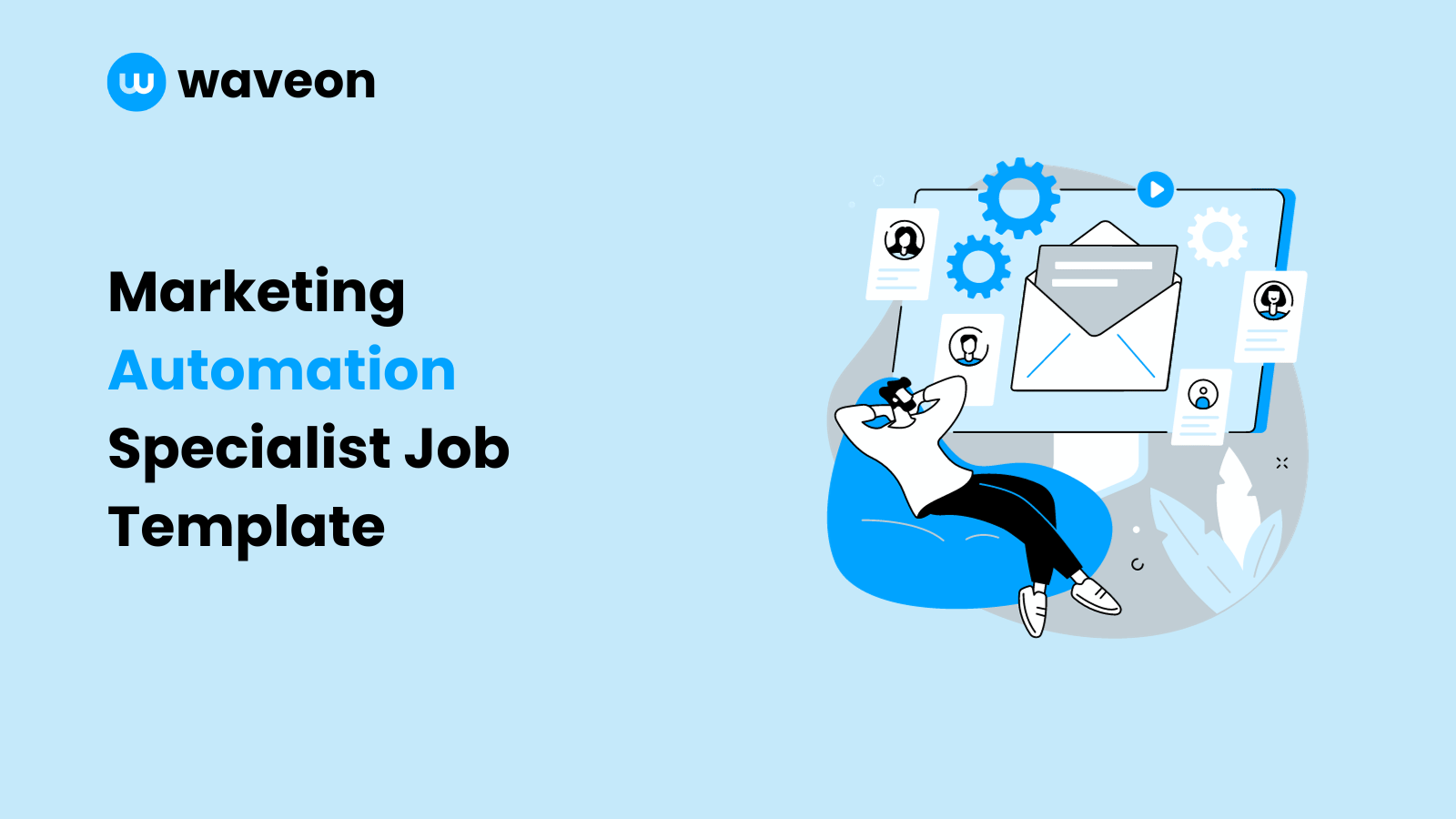Marketing
Marketing Personalization Strategies: Customizing Marketing to Engage and Convert
Waveon Team
8/22/2023
0 min read
TABLE OF CONTENTS

Introduction
In today's fast-paced and competitive market, businesses are constantly seeking innovative ways to stand out and connect with their target audience. One strategy that has proven to be highly effective is personalization in marketing.
By tailoring marketing strategies to individual customers, businesses can engage and convert customers at a higher rate. In this article, we will explore the power of personalization and how businesses can leverage it to create impactful marketing strategies.
The Psychology Behind Personalization:
Personalization has become a ubiquitous phenomenon in today's digital landscape, ranging from tailored product recommendations to personalized content delivery. This unique perspective delves into the psychology behind personalization, exploring the intricate cognitive and emotional dynamics that underlie its effectiveness.
1. The Primacy of the Self:
Self-Concept Reinforcement: Personalization resonates deeply with individuals because it reinforces their self-concept. When users encounter content or experiences tailored to their preferences, it validates their sense of identity and uniqueness.
Psychological Ownership: Personalization nurtures a sense of psychological ownership. When users perceive that a product or service has been customized for them, they are more likely to feel a sense of possession and attachment.
2. Cognitive Bias and Attention:
Confirmation Bias: Personalized content often confirms preexisting beliefs and preferences. Users tend to engage more with information that aligns with their viewpoints, reinforcing confirmation bias.
Filter Bubbles: Over-personalization can lead to the creation of filter bubbles, limiting exposure to diverse perspectives. This can hinder personal growth and understanding of different viewpoints.
3. Emotional Connection and Engagement:
Emotional Resonance: Personalized experiences evoke stronger emotional responses. When content speaks directly to an individual's emotions and needs, it creates a profound connection.
Mirror Neurons: The brain's mirror neuron system makes individuals more empathetic towards personalized experiences. When users witness their preferences being understood, it triggers mirror neurons associated with social bonding.
4. Decision Paralysis and Choice Architecture:
Paradox of Choice: While personalization enhances user experiences, excessive choices can lead to decision paralysis. Overwhelmed users might abandon choices altogether due to the fear of making the wrong decision.
Choice Architecture: Effective personalization involves careful choice architecture, presenting options in a way that guides users without overwhelming them. This aligns with principles from behavioral economics.
5. Privacy and Trust:
Privacy Concerns: While users value personalization, they also fear the potential misuse of personal data. Balancing personalized experiences with privacy safeguards is crucial for maintaining trust.
Transparency and Control: Allowing users to control the extent of personalization and providing transparent data usage practices can mitigate privacy concerns and build trust.
6. Long-Term Engagement and Habit Formation:
Habit Loop Formation: Personalization can facilitate the formation of habit loops, where tailored cues trigger behaviors. Over time, these loops become ingrained habits, leading to increased engagement.
Reward Pathways: Personalization activates the brain's reward pathways, reinforcing positive behaviors. The anticipation of relevant content triggers dopamine release, promoting repeated engagement.
The Benefits of Marketing Personalization:
Enhanced Customer Engagement: Personalized marketing creates a deeper sense of connection between the brand and the consumer. When consumers feel that a brand understands their preferences and needs, they're more likely to engage with its content and offerings.
Improved Customer Experience: By delivering relevant content at the right time and through the right channels, businesses can provide a seamless and enjoyable customer experience. This can lead to increased customer loyalty and repeat business.
Increased Conversions and ROI: Personalized marketing has been shown to significantly increase conversion rates. When customers receive offers that align with their interests, they're more likely to make a purchase.
Building Brand Loyalty: Personalization helps foster a sense of loyalty among customers. When a brand consistently delivers value that matches individual preferences, customers are more likely to stick around for the long term.
Data-Driven Insights: Personalization relies heavily on data collection and analysis. By gathering insights into customer behaviors and preferences, businesses can make informed decisions that drive their marketing strategies forward.
Marketing Personalization Strategy:

1. Understanding Customer Segmentation
The first step in implementing personalization is understanding customer segmentation. Businesses need to define their target audience segments based on various criteria such as demographics, behavior, and preferences.
Collecting and analyzing customer data plays a crucial role in identifying common characteristics and preferences within each segment. This data-driven approach helps businesses gain insights into their customers' needs and enables them to create more personalized marketing campaigns.
2. Tailoring Content and Messaging
In the world of marketing, one size does not fit all. Customers expect personalized experiences that cater to their specific needs, interests, and preferences. Tailoring content and messaging is a crucial aspect of successful marketing strategies.
By customizing the content and messaging, businesses can create meaningful connections with their target audience, increase engagement, and drive conversions. Let's explore the key elements of tailoring content and messaging:
1. Understanding the Target Audience: The first step in tailoring content and messaging is gaining a deep understanding of the target audience. This involves researching and analyzing customer data, demographics, behaviors, and preferences.
By understanding their needs, pain points, and motivations, businesses can create content that resonates with their target audience.
2. Segmentation: Once the target audience is identified, businesses can segment them into distinct groups based on specific criteria such as demographics, psychographics, or purchasing behavior. Segmentation allows for more precise customization of content and messaging.
Each segment may have different interests, preferences, and communication styles, and tailoring the content accordingly ensures relevance and effectiveness.
3. Personalization: Personalization takes content tailoring to the next level by creating individualized experiences for customers. It involves using customer data to deliver highly relevant and targeted content based on their preferences, past interactions, and purchase history.
Personalization can be achieved through dynamic content, email personalization, personalized recommendations, and personalized landing pages, among other strategies.
4. Crafting Compelling Messages: Tailoring content goes beyond just customization; it also involves crafting compelling messages that capture the attention and interest of the target audience.
Effective messaging should address the pain points of customers, highlight the unique value proposition of the product or service, and resonate with their aspirations and emotions. It should be clear, concise, and persuasive, compelling the audience to take action.
5. Adapting to Different Channels and Platforms: Tailoring content and messaging requires adapting to different marketing channels and platforms. Each channel has its own characteristics, limitations, and user expectations.
Businesses must ensure that the content is optimized for each channel, taking into account factors such as format, length, tone, and visual appeal. Whether it's social media, email marketing, websites, or advertising campaigns, the content and messaging should align with the channel and its audience.
6. Testing and Optimization: Tailoring content and messaging is an iterative process that requires continuous testing and optimization. Businesses should gather feedback, monitor key metrics, and conduct A/B testing to understand what resonates best with their audience. By analyzing the results and making data-driven decisions, businesses can refine their content and messaging strategies to achieve better engagement and conversion rates.
7. Consistency and Brand Voice: While tailoring content and messaging, businesses must maintain consistency in their brand voice and identity. The customized content should align with the brand's values, tone, and overall messaging. Consistency helps build brand recognition, trust, and loyalty among customers.
In today's highly competitive market, tailoring content and messaging is essential for businesses to cut through the noise and connect with their target audience. By understanding the audience, segmenting effectively, personalizing content, crafting compelling messages, adapting to different channels, testing and optimizing, and maintaining brand consistency, businesses can create impactful and engaging experiences that drive results.
Tailored content and messaging build stronger relationships with customers, increase brand affinity, and ultimately lead to higher conversions and business success.
3. Implementing Personalized Email Marketing
Email marketing is a powerful channel for personalization. By segmenting email lists based on customer data, businesses can send highly targeted and personalized email campaigns. Crafting personalized subject lines, greetings, and content based on customer preferences can significantly increase engagement and conversion rates. Incorporating dynamic content and personalization features further enhances the email experience, allowing businesses to showcase personalized product recommendations, offers, and relevant content.
4. Customizing Website Experience
A personalized website experience is crucial in capturing and retaining customers. By using customer data, businesses can personalize website content to match individual preferences and behavior.
This can include showing product recommendations based on browsing history or previous purchases, displaying personalized landing pages, and creating tailored calls-to-action (CTAs). These personalized experiences make customers feel valued and increase the likelihood of conversion.
5. Leveraging Personalization in Social Media Marketing
Social media platforms provide extensive opportunities for personalization. Businesses can target specific audience segments based on demographics, interests, and behaviors. Customizing ad content and messaging to resonate with each segment is key to driving engagement and conversions.
Utilizing remarketing and personalized retargeting enables businesses to reach out to customers who have shown interest or interacted with their brand, reinforcing their personalized experience.
6. Harnessing the Power of Personalized Ads
Personalized advertising allows businesses to deliver targeted and relevant ads to specific customer segments. By leveraging customer data, businesses can create highly customized ad campaigns that align with individual preferences and needs.Personalized ad creative and messaging increase the relevance and impact of the ads, capturing customers' attention and driving them towards conversion.
7. Measuring and Optimizing Personalization Efforts
To ensure the effectiveness of personalized marketing strategies, businesses need to track and analyze key metrics. Monitoring metrics such as engagement rates, click-through rates, and conversion rates provides insights into the success of personalization efforts.
A/B testing personalized campaigns and content allows businesses to optimize and refine their strategies based on data-driven insights, continuously improving the effectiveness of their personalized marketing.
8. Addressing Privacy and Data Protection
While personalization offers tremendous benefits, businesses must prioritize privacy and data protection. It is essential to ensure compliance with privacy regulations and obtain proper consent from customers.
Transparency in data collection and usage builds trust with customers. Implementing robust security measures to safeguard customer data is crucial for maintaining trust and protecting customers' privacy.



